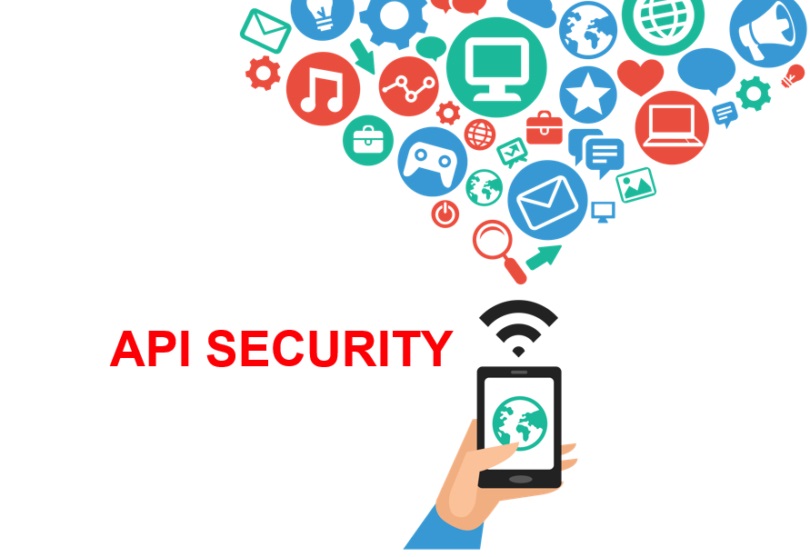It’s possible to put together an effective, comprehensive API security program that mitigates the most serious risks to backend systems. These steps are the most essential in this regard-
Always use HTTPS
By always using a secured version of HTTP and the correct SSL certificates, we can make sure that that the integrity of all data exchanges between a client and a server are encrypted, thus reducing the probability of a man-in-the-middle attack, as discussed above.
Encrypt the Message Channel (SSL/TSL)
Encryption for API security must be flexible. API security providers should enable SSL/TLS encryption for all APIs by default. Enabling SSL is an essential and basic step for all API providers, and provides an extremely effective defense against “man in the middle” attacks. A key distribution model can ensure the privacy of user data with sophisticated encryption and signature capabilities. It can also provide a mechanism for client-side authentication using certificates.
Firewall Optimizations (API Gateways)
API gateways serve as an API firewall to protect APIs from malicious data, improper requests, and denial of service attacks. Basically, API gateways include simple API key creation and management. A select few go further and offer embedded OAuth servers using simple user profiles. While API gateways are a valuable tool to secure and protect API’s infrastructure, by using the built-in user management, it provides another place to store, maintain, and authenticate users with its own set of authorization policies disconnected from the other management systems.
Authentication and Authorization of Public Clients
Authentication and authorization of clients can help protect the API from misuse. A proven protocol is OAuth, which enables a third-party application to obtain limited access to an API. It works either on behalf of a resource owner by orchestrating an approval interaction between the resource owner and the API. If the client to the APIs is a mobile app or browser-based application, third-party authentication via Google, Facebook, etc can be used here.
IP White-listing
It‘s a security feature that limits access to trusted users or components. IP white-listing allows creating lists of trusted IP addresses or IP ranges from which APIs can be accessed.
Rate Limiting
This is another security feature that relies on limiting the number of calls the client can make in a particular time frame. This prevents the APIs from getting overwhelmed by curious clients and helps prevent denial of service attacks.
Access Log
Access logs are an important piece of anomaly detection for an application that hosted on the cloud. They allow operators to zero in on the nature of the attack, it’s possible to the origin and to take precautionary measures.
Server Security Log
Security logs contain security-related activity. They are an important tool for admin, allowing them to detect and investigate attempted and unauthorized activities.

